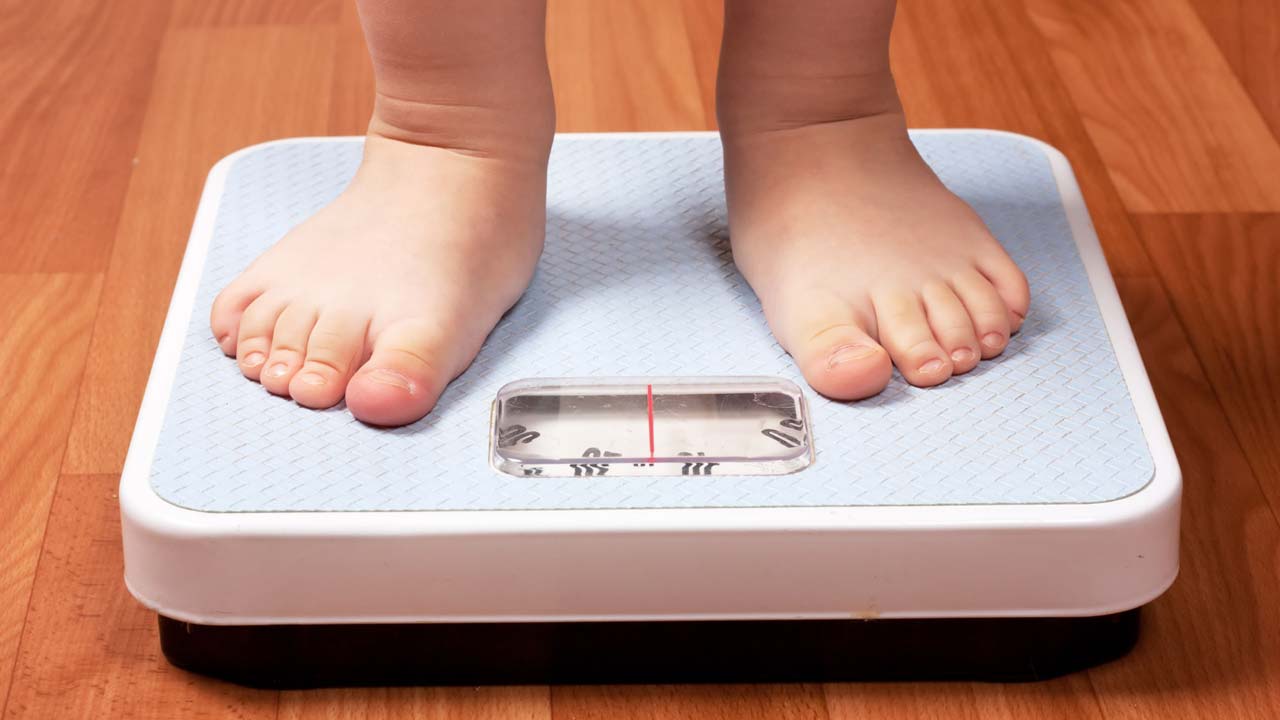One of the reasons I love driving my kids to school is that I get to see similar school children in their well-ironed uniforms, chatting gaily or looking sullen (in some cases) trotting off to class. Sometimes, the kids are in cars or in busses being driven to school, while the rest are in groups walking briskly in search of quality education. The sight of these kids, gladdens my heart, spreading a warm fuzzy feeling in my belly. I know what education has done for me and it is my hope that it does the same for these children as well.
Lately, while observing these kids, I have noticed a growing trend. I used to think it was only the kids of the elite or highbrow schools until I counted the number of obese school children I saw entering a government primary school. It was as if overnight, a paradigm shift had occurred from battling mal-nutrition in Nigeria to what we now term ‘over nutrition’. These children are growing bigger and fatter for age, so much so that when I want to buy clothes for my children, I have to buy a size smaller than what is appropriate for their age! Apparently, the companies that make these clothes have had to adapt and now a typical 12-year-old wears the size of an adult!
And it is not only in Nigeria. The global prevalence of obesity in children aged 6-11 years increased from 7% in 1980 to 18% in 2012, while the percentage of adolescents with obesity aged 12-19 years soared from 5% to 21% in the same period. Obesity is the most prevalent nutritional disorder among children and adolescents in the United States. Approximately 21-24% of American children and adolescents are overweight while 16-18% is obese.
Unfortunately, while these figures are increasing, the average Nigerian’s knowledge about childhood obesity is not. A lot of people still call it ‘baby fat’, ‘cute’ or regard it as ‘evidence of good living’. Unfortunately, it is not.
Weight status in children is determined by body mass index (BMI)-for-age percentiles. This calculates a child’s weight category based on their age and BMI. A child is deemed overweight if their BMI-for-age percentile is over 85% and deemed to have obesity if it is over 95%.
There is no doubt that the main causes of childhood obesity are an unhealthy diet and lack of physical activity. The availability of liquid calories and empty calories, combined with a deluge of fast food and junk food advertisements, have changed the way children eat. The majority of children fail to meet the recommended 60 minutes of daily physical activity and spend a huge amount of time sitting. The way we’ve structured our daily lives makes it hard for children to live healthily. Food and drink portion sizes are also bigger than they were 30 years ago. In the mid-1970s, a standard sugar-sweetened drink was about 360g, while it stands at 560g today. I remember when my mother used to share a 33cl bottle of Fanta between I and my two sisters. Now my son consumes a whole 50cl bottle by himself!
Levels of physical activity have also reduced over the past three decades. The CDC state that last year, only 29% of high school students participated in the recommended 60 minutes of exercise a day. Gone are the days when children would run around and play for hours after school. I remember playing ‘ten-ten’, ‘catcher’ and hide and seek for hours with my friends in our Ikoyi compound and during break in Islamiya.
Now, they are more likely to engage in sedentary behaviours, such as watching TV, playing computer games or using social media. Children now spend an average of 7.5 hours a day using entertainment media.
Another factor that has been associated with the development of childhood obesity is genetic disposition. Meaning that fat people are more than likely to have obese children. However, even though genetic mutations have been found to support this theory, experts still argue that it is more likely that it is the eating habits that is being transferred from generation to generation. Although heredity may explain some of the obesity epidemic, it does not justify the explosion we’ve had over the last 30 years.
I remember a patient of mine who told me that it was normal for her parents and sisters to stay up till 2am watching movies and eating. Sometimes they would not start frying yam till about 12am when the gist was flowing! Others, like my great-grandmother in the village would fill the entire, mighty tray with carbs and insist that we finish it. Sometimes the tray contained like 10 wraps of tuwo and four or five of us children were expected to eat it all! Failure to do so would mean meeting the full wrath of her cane! The woman made us eat like six to seven times per day. It is no wonder that I have issues with food.
But really, what is the fuss about kids being fat?
Childhood obesity is not a cosmetic issue or something the child will just grow out of. Obese children tend to become obese adults, and there are many medical issues associated with obesity. Children are now taking the same type of medications as their parents to manage blood pressure, diabetes and cholesterol. This is a very frightening truth.
Childhood obesity predisposes to insulin resistance and type 2 diabetes, hypertension, hyperlipidemia, liver and renal disease, and reproductive dysfunction. This condition also increases the risk of adult-onset obesity and cardiovascular disease.
Another dimension I have also come to terms with, is what obesity does to the reproductive cycle of girls. In girls, research suggests a possible link between early puberty and obesity. A number of studies have shown that girls who are overweight are more likely to have puberty early, and that girls who are underweight—and especially anorexic—undergo puberty later.
Last year, I saw an eight-year-old girl whose mother was worried because she had seen blood stains on her little girl’s panties. She was concerned that her child had been sexually assaulted and wanted her to be examined. Imagine her shock when we told her that the little girl was fine but had instead started menstruating! The girl was just in Year 3. She was obese but frightfully innocent and scared as she clutched her baby doll tightly. She did not understand the concept of menstruation and as they left the clinic, I wondered how the mother was going to cope; the poor woman seemed ready to burst into tears.
Additionally, obesity and early puberty forces these girls to grow up quickly. Men start to pay attention to them and even ‘toast’ them without realising that they are in fact, little girls. On the part of the parents, especially in Northern Nigeria, they become bewildered seeing the young girl, physically overgrown for her age and begin to pester her about marriage.
There are many dimensions to the menace of childhood obesity: medically, physically, emotionally and even religiously. In Islam, we are taught that we become adults when we attain puberty. That for a girl, menses marks the beginning of adulthood when she will be held accountable for her good and bad deeds. So, if a girl starts to menstruate at age nine, she ultimately has to fulfil all her duties as a Muslim and that includes the five daily prayers and fasting the entire month of Ramadan.
I remember how carefree I was at age nine, playing and running freely, fasting only on days I felt like and It makes me want to weep for these girls. One can only imagine the emotion turmoil both the kids and parents go through.
So, what can we do?
That, we will discuss next week, Insha Allah!

 Join Daily Trust WhatsApp Community For Quick Access To News and Happenings Around You.
Join Daily Trust WhatsApp Community For Quick Access To News and Happenings Around You.


